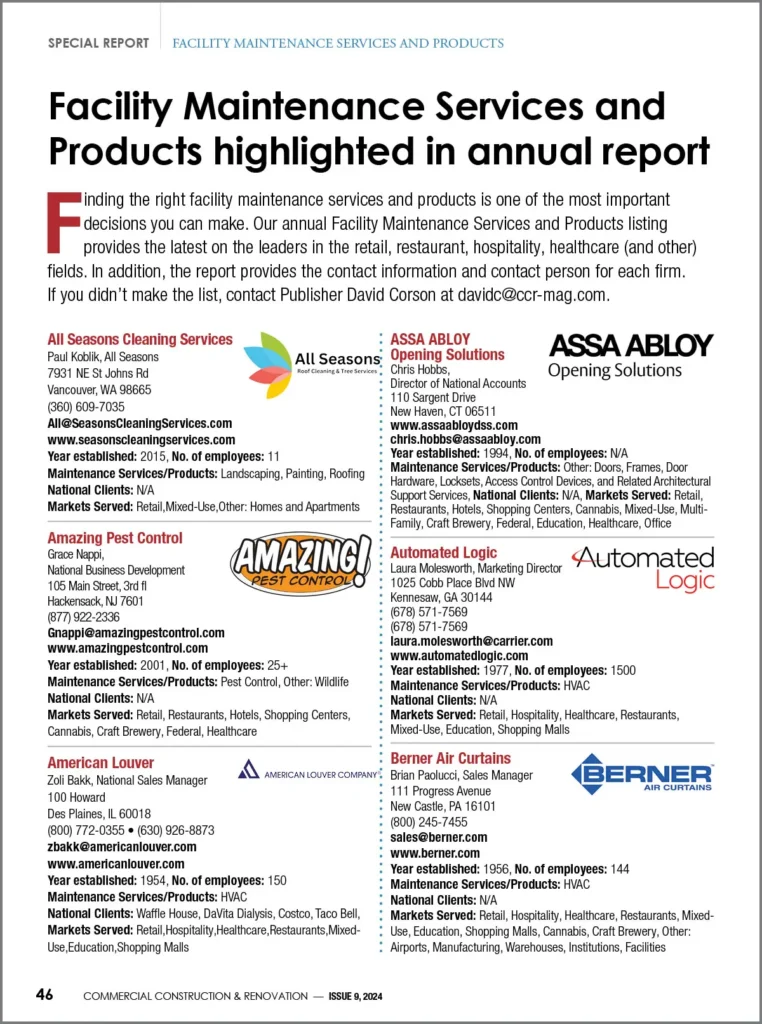Product molding is a critical process that relates to this fast-paced world with all sorts of bridges. In this competitive market, business gap is a common condition that is a prime headache for entrepreneurs.
Whether you have a start-up or an established business, you may not want to dismiss any risk that comes along the way. Continuous development in the product stage can be an effective strategy for managing business.
Product molding, such as ceramic injection molding, involves shaping a product idea or concept into something marketable, scalable, and desirable to your target audience. So, are you up for that?
Don’t worry!
We have got you covered this time.
1. Identify Market Needs and Pain Points
The foundation of product success lies in addressing real, tangible needs. Start by identifying gaps in the market and the pain points faced by your target audience. Conduct market research to gain insights into the problems that need solving. Survey potential customers, analyze competitors, and keep track of industry trends.
For instance, when Apple introduced the iPod, it didn’t just sell another music player. The company identified the need for a portable device that offered a seamless way to store, organize, and listen to vast music libraries on the go. It was this attention to an existing market need that propelled the product to worldwide success.
In this particular stage, asking yourself the right questions is critical:
What problem does my product solve?
How are current solutions lacking?
Who are my competitors, and what do they offer?
Answering these will help mold a product that stands out in a crowded market.
2. Develop a Unique Value Proposition
Once you have identified the need, the next step is to create a product that offers something unique. This is your unique value proposition (UVP) – a promise of your product’s value to the customer. It’s what sets you apart from competitors and convinces customers to choose your product over others.
Crafting a strong UVP is essential to ensuring that your product resonates with your audience. It might be through innovative features, competitive pricing, enhanced usability, or even superior customer service.
Consider Dollar Shave Club, which disrupted the traditional razor market by focusing on convenience, affordability, and a humorous brand identity. Their UVP was crystal clear: affordable razors delivered to your doorstep monthly. Simple, effective, and valuable.
3. Prototype and Iterate
With your UVP in place, the next step is to bring your concept to life. Prototyping allows you to test the functionality of your product and gather feedback before a full-scale launch. This step is all about learning what works and what doesn’t.
Creating a prototype helps you identify any design flaws, operational issues, or customer concerns early on.
In today’s world, digital tools allow for rapid prototyping, whether it’s physical products or digital platforms. Once you have the prototype, present it to a focus group, gather user feedback, and refine the product.
This iterative process ensures that the final product is as close as possible to what your customers want.
Even tech giants like Google and Microsoft rely heavily on this process. Products such as Google Glass went through several iterations, gathering valuable user feedback at each stage, allowing the company to adjust its approach to meet market needs better.
4. Test the Market with a Soft Launch
Before fully launching your product, consider testing the waters with a soft launch. This allows you to introduce the product to a limited audience to gauge market response and fine-tune your strategies based on real-time feedback.
A soft launch can highlight how your product performs, how customers respond to your marketing efforts, and what adjustments are necessary for a broader release.
A soft launch also helps minimize risks. For instance, mobile gaming companies often launch games in specific regions before going global to understand player behavior, identify bugs, and refine gameplay.
For your product, this could mean releasing it in a select geographic area or offering it to a subset of your audience. Monitor customer interactions, reviews, and sales patterns to gather insights.
5. Scale with a Strategic Full Launch
Once you have fine-tuned your product and marketing strategy, it’s time for the full launch. However, scaling successfully requires careful planning. A full-scale launch is not just about making the product available to the public; it involves coordinating marketing, distribution, and customer support to ensure a smooth rollout.
Build buzz around your launch by leveraging various channels such as social media campaigns, influencer partnerships, or press releases. You may also consider creating a sense of urgency through limited-time offers or exclusive deals.
Apple, for instance, builds anticipation through keynote events and carefully timed product launches, ensuring that demand peaks as the product hits the shelves.
In addition to marketing, ensure your logistics are ready for increased demand. Align your production, supply chain, and customer service capabilities to handle potential surges in orders.
Final Thoughts: Persistence is Key
Conquering the market with a new product molding!
If you persist with your steps and continue to develop every time, no threat will eat your market. It is time to check out the steps and latest innovations in the market. Do not lie back and relax. The market does not allow you to do that.








 The 2024 virtual Men’s Round Table will be held Q4, 2024, date TBD.
The 2024 virtual Men’s Round Table will be held Q4, 2024, date TBD.













